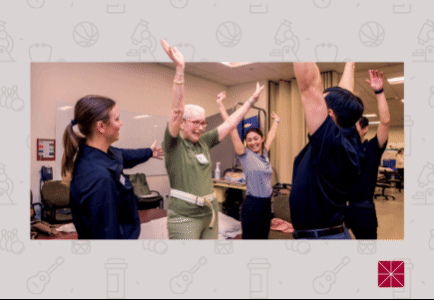Flash
Fiction
We had a flash of inspiration. What if we devised a contest to showcase the creative talents of Chapman people alongside the power to inspire of works in the University’s Hilbert Museum of California Art?
All aboard for a literary journey into our inaugural Flash Fiction Competition.
From dozens of entries – all 500 words or fewer – our judges selected three winning stories and one honorable mention, which we present on these pages. Each story kindles a compelling narrative from the spark of an idea found in some facet of a Hilbert painting.
Our first-place honoree, Heather Bourbeau, crafted a story of post-war loneliness after finding her muse in this painting – “Love With a Perfect Stranger” by Robert Maquire.
“The title of the piece really inspired me. When somebody’s a perfect stranger, it’s all about your projection. And how the recipient of that projection can use that,” said Bourbeau, a two-time nominee for a Pushcart Prize for short fiction who toured the Hilbert virtually, via the museum website.
“There is something about just appreciating the artworks on their own and seeing what other stories they can offer,” she says.
First Place
Story
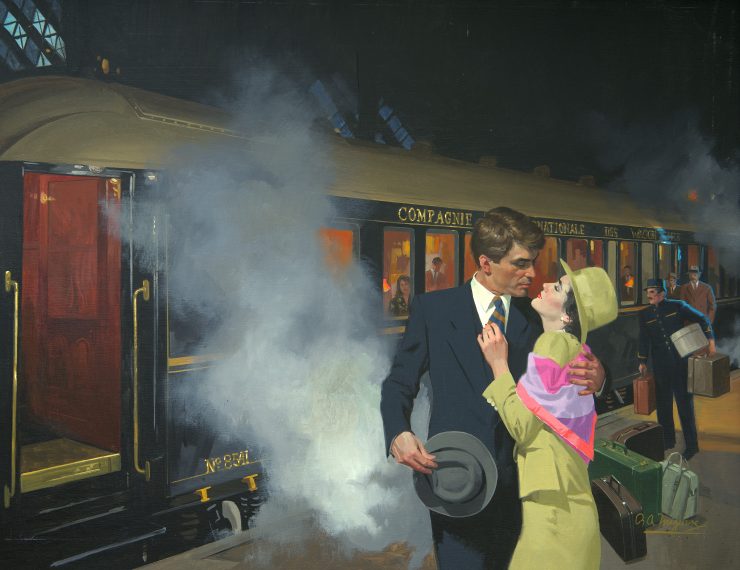
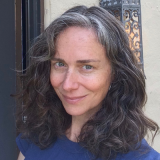
Heather Bourbeau is a writer and journalist whose work has been published in numerous magazines and journals, including The Stockholm Review of Literature and The Economist. She has worked with various UN agencies, including the UN peacekeeping mission in Liberia.
Paint Me a Story
By Dawn Bonker
What a crazy idea. Write a very short story for a contest with a deadline looming just one day away. Oh, and the submission must be inspired by artwork exhibited at a special museum.
Nevertheless, Chapman University screenwriting student Rachel Ledesma ’21 thought she’d give it a try. She learned of our contest in a class – “Writing the Short Story” with Professor Lisa Cupolo – and dashed to the Hilbert Museum of California Art on the west side of campus. A photo-realistic oil painting of a downtown Los Angeles street scene captured her imagination. She was hooked.
That’s how the story “Nada, Nada, Brown” landed Ledesma second place in the Chapman Magazine Flash Fiction Competition.
“That is arguably my favorite street in LA,” Ledesma said of “Broadway, Los Angeles,” the inspiration for her story.
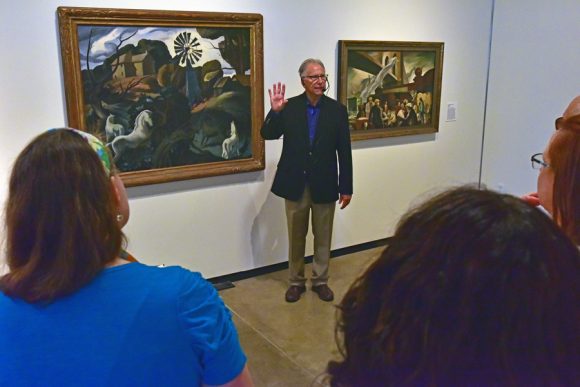
Such serendipity helped shape each of the top stories in this inaugural contest, which challenged writers to craft flash fiction inspired by Hilbert Museum artworks.
The idea of fiction inspired by paintings or illustrations resonates with Mark Hilbert, founder of the University museum that celebrates California Scene painting and other works by artists of the Golden State. Unlike California Plein-Air, which emphasizes impressionistic styles and landscapes, California Scene painting nearly always includes people or signs of their humanity, from Depression-era factory workers to a graceful freeway overpass. Plein-Air is lovely, but Hilbert’s heart is with people.
“As a collector I like to look for paintings that tell a story. Because people really appreciate paintings that tell stories of economic history, social history and in some cases, geographic history – paintings of places that don’t exist anymore,” he says. “People tell stories, and if you have people in your paintings, then you have a story.”
What is Flash Fiction?
Sometimes quirky, often leaning toward high-impact snapshots or scenes, flash fiction challenges writers to do a lot with little. Yes, Twitter comes to mind. But so, too, does this sad little tale that legend attributes to Ernest Hemingway – “For sale. Baby shoes. Never worn.”
Short fiction comes in many sizes and goes by many names, from sudden and micro to dribble and drabble. Among creative writing students, flash fiction is a popular but not easy form for experimentation, says Anna Leahy, Ph.D., director of Chapman’s MFA in Creative Writing program.
“Flash fiction requires focus sentence by sentence and forces decisions about what’s necessary and what can be left out. It often challenges assumptions about plot as well, which can be used to surprise the reader or create surprising depth in brevity,”
Leahy says.
Second Place
Story

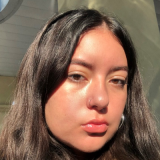
Rachel Ledesma ’21 is a screenwriting major and English minor at Chapman. Her stories have been published in the literary magazine Calliope.
Hilbert Museum:
A State of Change
By Mary Platt
In the four years since the Hilbert Museum of California Art opened on the Chapman University campus – thanks to the generosity of founders Mark and Janet Hilbert – we’ve grown by leaps and bounds. Starting with an attendance of fewer than 5,000 that first year, we hit a milestone 30,000 visitors in 2019, with museumgoers coming from 36 states and 20 countries. In 2018, the Hilbert Museum was named Best Museum in the county by OC Weekly, and it is now a top-rated Southern California attraction on Yelp and TripAdvisor.
At the root of this success is the Hilbert Museum’s emphasis on art that tells a story. It’s the story of us – Californians – in all our diversity and complexity. The art in our museum recounts the Golden State’s cultural and historical shifts over more than a century, from the rancho period to the Great Depression, from industrial development in the years leading up to World War II to the growth of Hollywood.
The Hilbert Museum also has an important academic mission at Chapman, providing study opportunities for students that are interwoven into the academic priorities of the University. Film, art, literature, even science classes visit to absorb the works of these outstanding artists. A vibrant schedule of programming, from live performances to fascinating lectures, continually brings in new audiences.
The Hilbert Museum will soon undertake a transformative expansion. Construction – set to begin in 2021 – will quadruple our exhibition space to more than 30,000 square feet. There will be permanent galleries exploring the history of California art as well as a gallery of Native American art, American Design gallery, lecture hall, screening room, book shop, coffee bar and more.
The Hilbert Museum is open Tuesdays-Saturdays, 11 a.m. to 5 p.m. Admission is free. More information is at hilbertmuseum.org.
Mary Platt is director of the Hilbert Museum of California Art.
Our Judges
Professor James Blaylock teaches in Chapman’s MFA in Creative Writing program. He is one of the literary pioneers of the Steampunk movement, and his short stories, novels and collections have been published around the world. His latest book, “The Gobblin’ Society,” is due out in February. He is currently writing a mystery novel set in an imaginary community akin to the place both he and Chapman call home – Old Towne Orange.
Sarah Nicole Smetana ’09 grew up in Orange, where she wrote songs, played in a few bands and successfully pilfered all of her parents’ best vinyl records. She received her BFA in creative writing from Chapman and her MFA in fiction from The New School. She lives in Brooklyn with her husband and their three-legged cat. Her first novel, “The Midnights, was published by HarperTeen/HarperCollins.

Update: This event has been postponed.
Join Us!
Meet some of the authors and see the artworks that inspired their stories.
Flash Fiction Reception
Friday, April 3
4 to 6 p.m.
Hilbert Museum of
California Art
167 N. Atchison St.
Orange
Third Place
Story
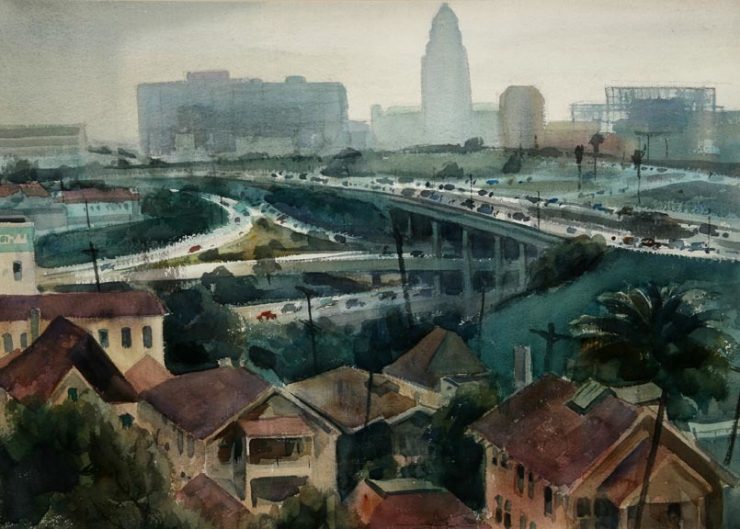
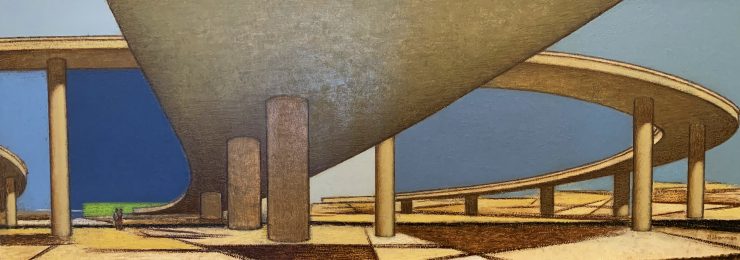

Ross Loehner ’04 (MLD ’16) brings an array of creative talents to his work in Chapman’s marketing and communications office. His graphic novel illustrations appeared in the 2015 “SPARK” issue of Chapman Magazine.
Honorable
Mention
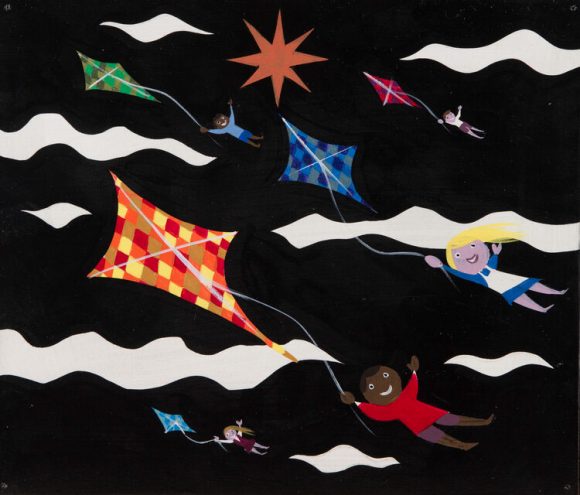

James Burnham, Ed.D., leads the kind of life that keeps his friends wondering what’s next. For the moment, it’s searching for the perfect enchilada while polishing a YA novel about steroid use in high school and a comic book series where cheerleaders blend their routines with kung fu to save the world. Burnham completed a Graduate Certificate in Creative Writing from Stanford University and is a proud member of the Community of Writers at Squaw Valley.



